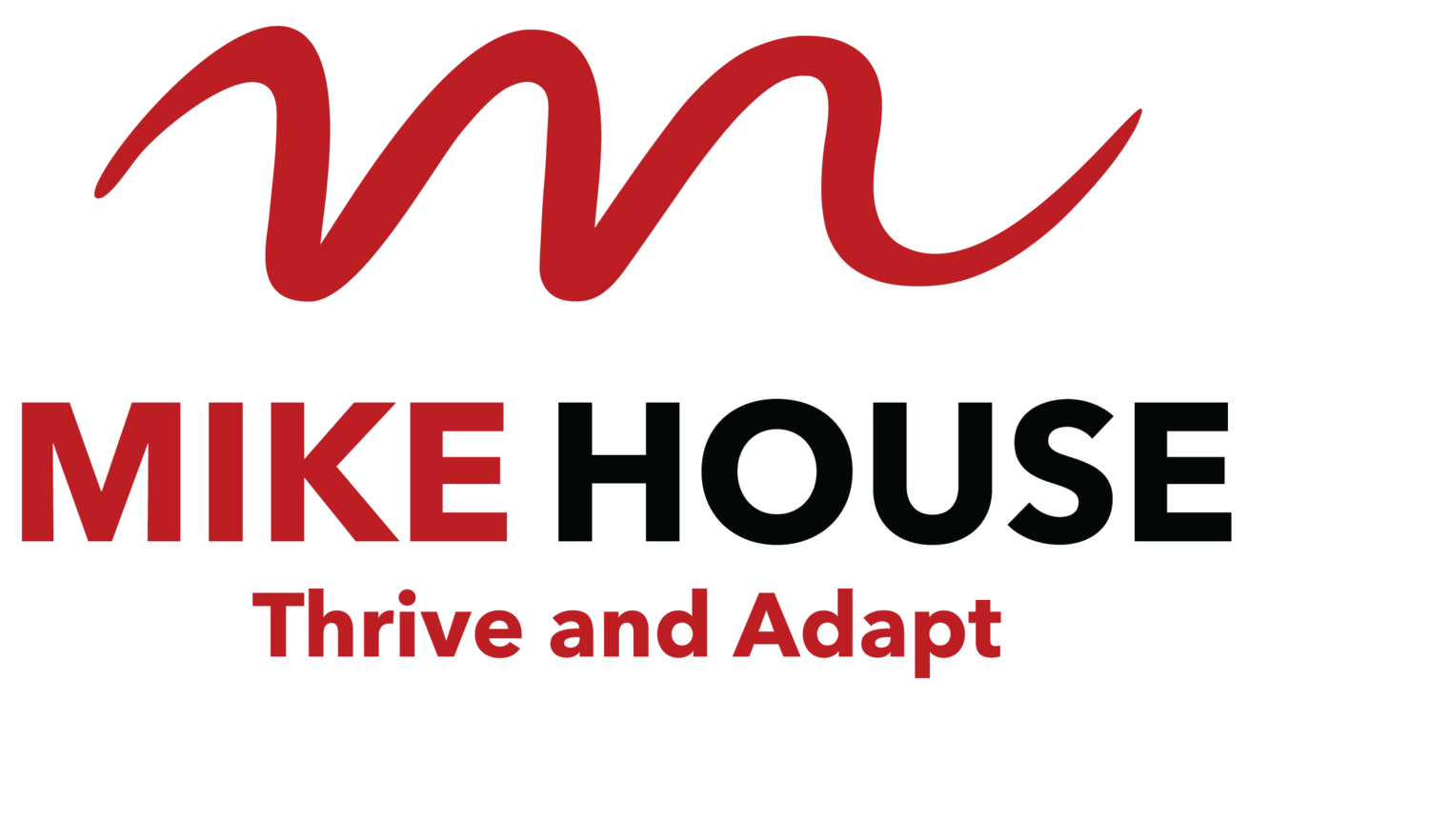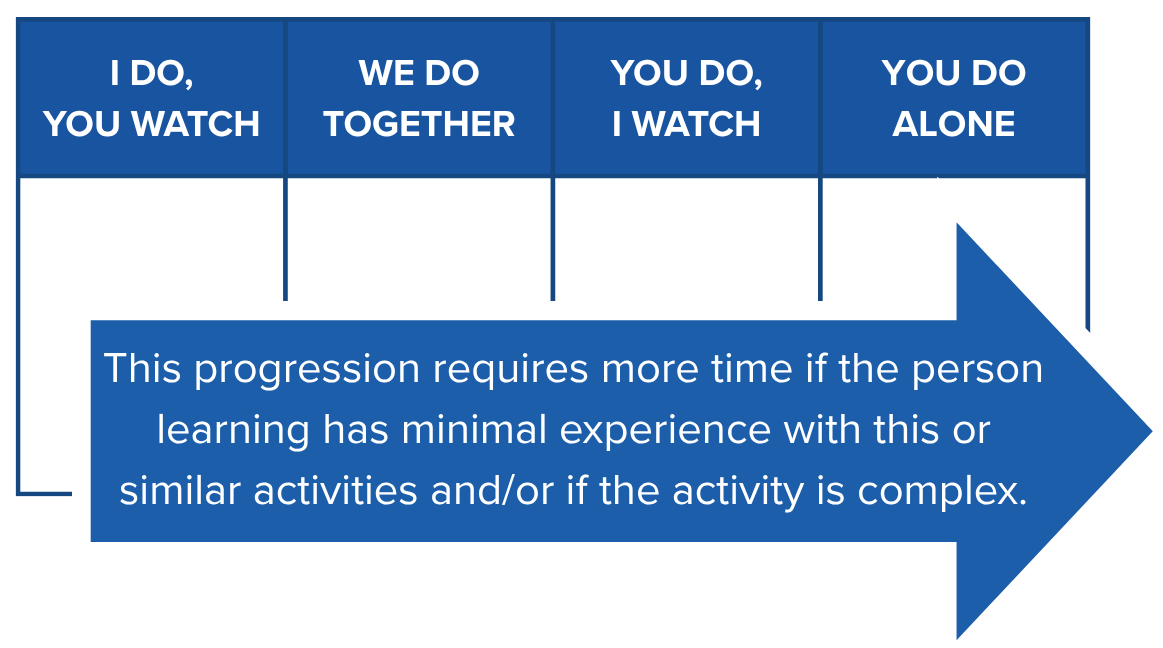Ferocious Heart
/Some of the high performance environments I have been exposed to burn people at the altar of success. It’s always felt unnecessarily harsh to me - that performance often costs humanity, humility and health. People pushing for a result at the cost and exclusion of all else. Some heavy hitters claim it’s the only way. Musk has achieved more than many and asserts that, “The fundamental weakness of Western Civilization is empathy”. As if care prevents success and progress.
So it’s been great reading Gilbert Enoka’s book “Become Unstoppable”. Gilbert was the mindset coach for the New Zealand All Blacks during their most dominant era. High performance. Highly competitive with people head-to-head on a weekly basis for selection. Ferocious on the field. Unyielding standards. Enoka clearly lays out a recipe for success which has at its heart Care, Belonging and Vulnerability. Not words that immediately spring to mind in elite sport. But essential to building the culture the All Blacks are famous for, on and off the field.
The book is rich with insights that can be applied to many endeavours. And if you happen to be a rugby or sport fan it’s an intimate look into the detail behind one of the most successful teams of all time. Well worth a read.











